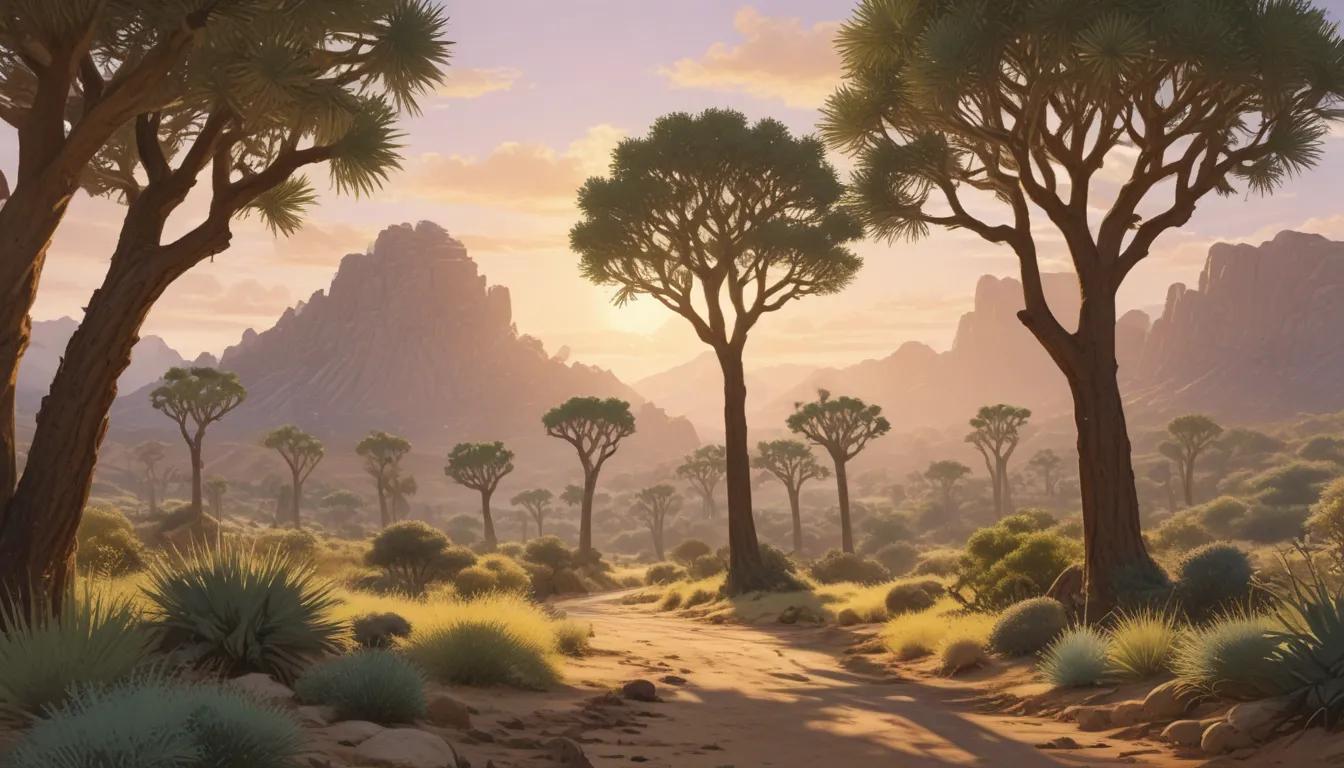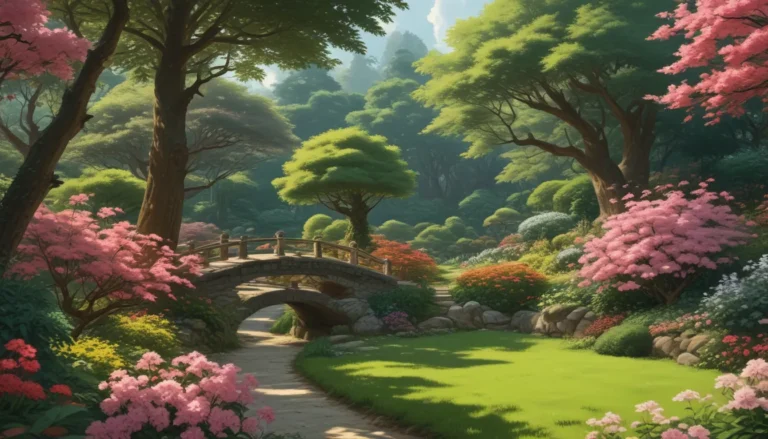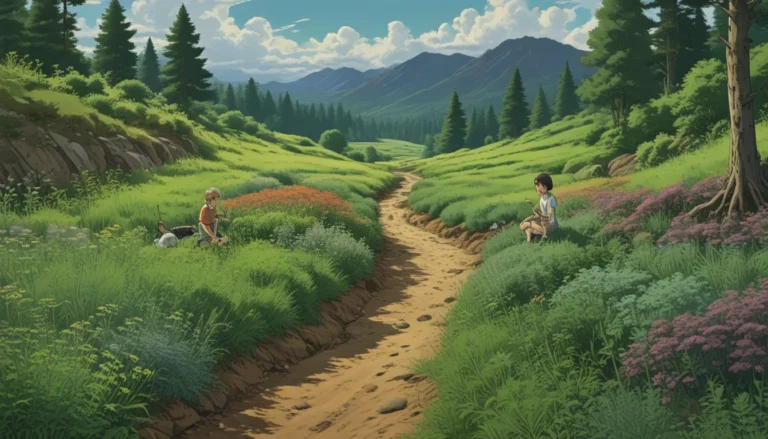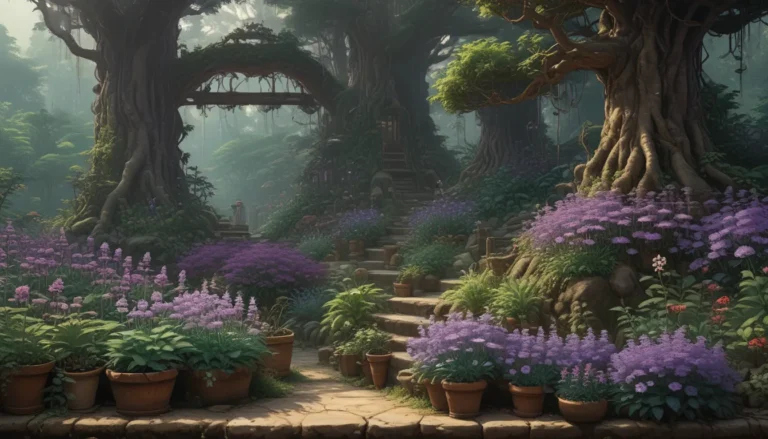The Ultimate Guide to Growing and Caring for Joshua Trees

Yucca brevifolia: The Iconic Desert Dwellers
If you live in an area with a hot summer and cold winter, you may have the perfect climate to cultivate the mesmerizing Yucca brevifolia, also known as the Joshua tree. As a member of the agave family, these slow-growing evergreen plants are iconic desert dwellers found in the Mojave, Great Basin, and western Sonoran Deserts.
These majestic yuccas are not your typical garden plant and require specific conditions to thrive. If your landscape is suitable for these succulents, planting them can help support their survival in the face of climate change. Keep reading to discover fascinating facts about Y. brevifolia and how to properly care for them.
What You’ll Discover
- Cultivation and History
- Propagation
- How to Grow
- Growing Tips
- Pruning and Maintenance
- Varieties to Select
- Managing Pests and Disease
- Best Uses
- Quick Reference Growing Guide
Cultivation and History of Joshua Trees
Yucca brevifolia is an ancient species with an average lifespan of 150 years, with some trees living up to 1,000 years. Despite being commonly referred to as trees, yuccas are not true trees. Y. brevifolia is the tallest and most tree-like of all yucca species, growing over 30 feet tall with narrow blue-green leaves clustered at the end of branches.
These slow-growers develop branching structures after flowering, attracting various bird species. Their bell-shaped flowers bloom in spring and play a vital role in the symbiotic relationship with yucca moths, their exclusive pollinators.
The fruit produced by these yuccas serves as a valuable food source for many rodent species, supporting seed dispersal. Joshua trees have a deep-rooted history, with ancient ground-dwelling sloths playing a crucial role in their ecosystem.
Propagation of Joshua Trees
If you’re interested in growing Joshua trees, seed propagation is recommended for ethical reasons. Late summer is the best time to collect seeds, which should be soaked overnight before planting. Joshua trees require warm soil temperatures for germination and grow best in well-draining soil.
Transplanting seedlings or divisions should be done with care, ensuring they are planted in full sun with adequate soil drainage. Cuttings should be sourced ethically and planted in colder seasons for optimal results. Patience is key when propagating Joshua trees, as they take several years to mature.
How to Grow Joshua Trees
Joshua trees grow rapidly in their first five to ten years, slowing down afterwards. Once established, they require minimal maintenance, occasional watering during droughts, and excel in poor soils. Proper soil drainage and ample room for growth are essential for growing healthy Joshua trees.
Growing Tips
- Plant in areas with fast soil drainage
- Provide ample room for growth
- Allow soil to completely dry out between waterings
Pruning and Maintenance
Joshua trees require minimal care once established. Dead leaves can be left to cover the trunk for insulation in colder months. Pruning is rarely necessary, and broken branches can be cut to propagate new plants. Dead flower stalks can be removed after producing seeds for propagation.
Varieties to Select
Yucca brevifolia varieties are limited, with the eastern Joshua tree (Y. brevifolia var. jaegeriana or Yucca jaegeriana) being a popular choice due to its smaller size and branching nature. Native plant nurseries are the best source for purchasing these varieties, and availability is limited.
Managing Pests and Disease
Joshua trees are resilient plants with few pest or disease issues. Providing optimal growing conditions, such as fast-draining soil and appropriate irrigation, can prevent common problems like root rot. Agave snout weevils are a potential threat, especially if agaves are planted nearby, and must be managed promptly.
Best Uses of Joshua Trees
These iconic succulents are ideal for xeriscape designs, providing a dramatic backdrop and habitat for local wildlife. Joshua trees can fill expansive spaces, making them perfect for hedges that attract beneficial pollinators. By cultivating these plants, you support conservation efforts and contribute to a brighter future in the face of climate change.
Quick Reference Growing Guide
- Plant Type: Perennial evergreen succulent
- Native to: California, Arizona, Utah, Nevada, Mexico
- Hardiness (USDA Zone): 6-10
- Bloom Time/Season: Spring
- Exposure: Full sun
- Height: 30+ feet
- Spread: 30+ feet
- Water Needs: Low
- Family: Asparagaceae
- Genus: Yucca
- Species: Brevifolia
Adding Joshua trees to your landscape can create a stunning focal point and contribute to conservation efforts. Whether you’re propagating from seeds or selecting specific varieties, cultivating these iconic succulents is a rewarding experience that benefits both your garden and the environment.
Photos by Kat Sanchez.





